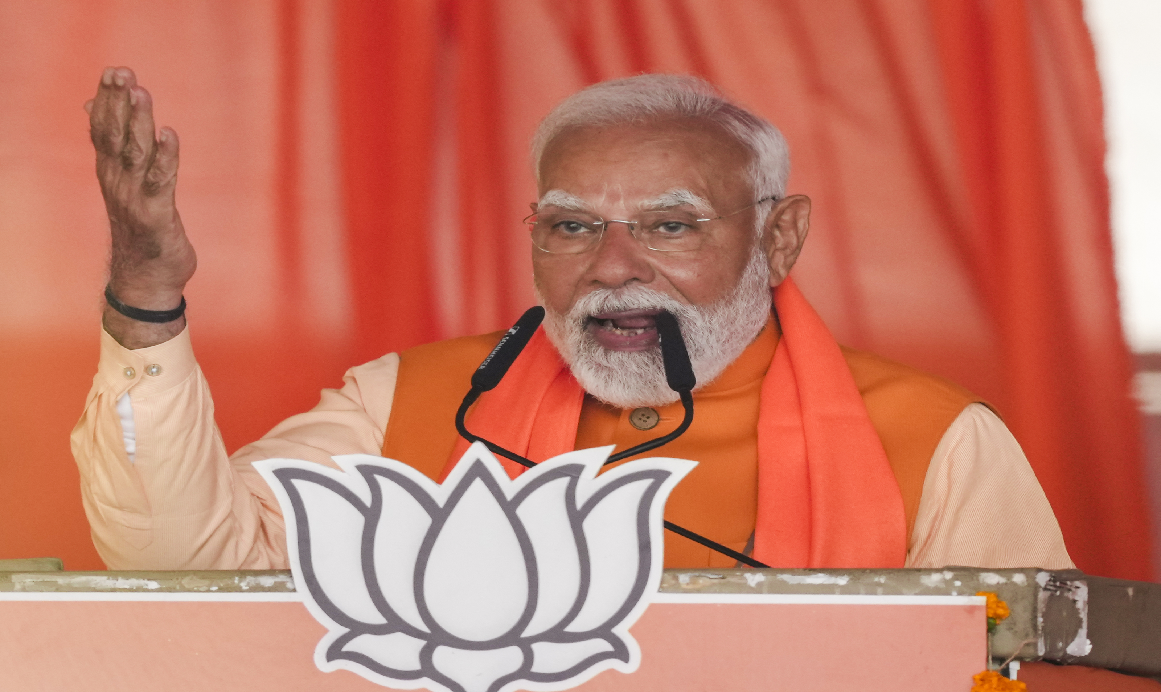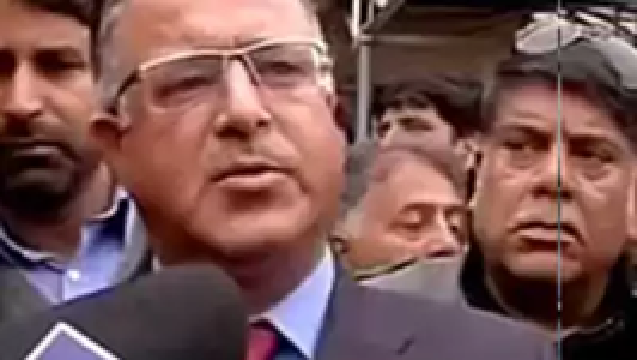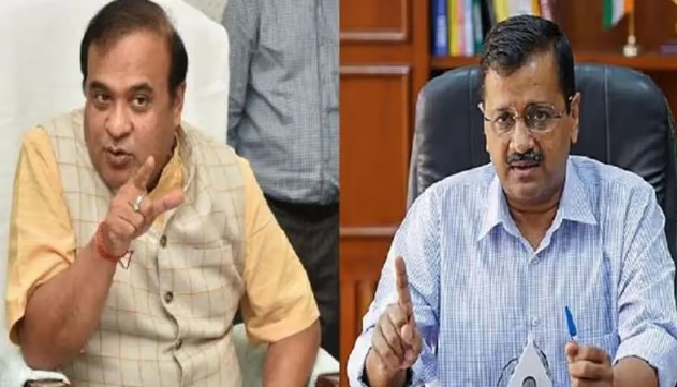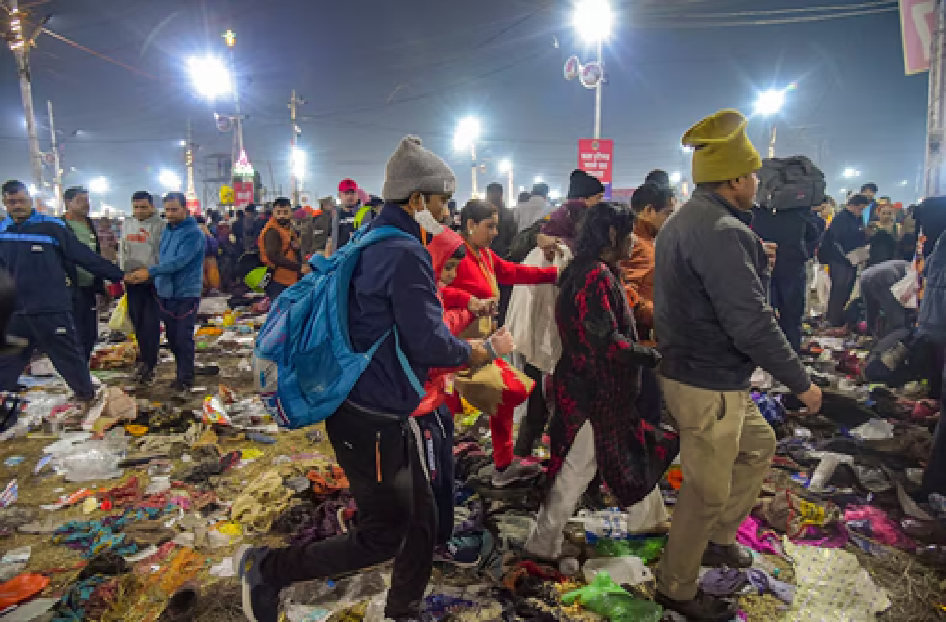
Saffron wave ebbing, expect more anti-Muslim hate speeches
Bengaluru, NT Bureau: The BJP, led by Prime Minister Narendra Modi, relying on anti-Muslim narratives, is a trend that is likely to persist as the Lok Sabha elections progress. This stems from the party's insecurities about not reaching the 272-magic number.
The absence of a “national issue” amid some anti-incumbency and local concerns is a bugbear to the BJP.
The Centre for Monitoring Indian Economy (CMIE) recorded a 10 per cent unemployment rate in October 2023, the first such occurrence since the pandemic, adding to the burdens of inflation.
Both the ruling BJP-led National Democratic Alliance (NDA) and the opposition Congress-led Indian National Developmental Inclusive Alliance (INDIA) latched on to these issues. However, the BJP was slow to acknowledge this, despite warnings from party workers.
The Congress responded with promises of robust welfare schemes. Predictably, the BJP reverted to demonizing Muslims as the root cause of India's problem
BJP bleeds votes
Modi's rhetoric includes accusations that the Congress will seize Hindu wealth, confiscate women’s “mangalsutra” and hand it to Muslims while UP CM Yogi Adityanath claimed Congress would impose the “shariah”.
These narratives are likely to intensify as reports emerge of a BJP setback in the May 7 phase three polls.
Ground reports indicate BJP would be reduced seven to ten seats out of 28 in Karnataka, partly due to sexual abuse allegations against Hassan MP Prajwal Revanna, a BJP ally with JD(S) adding a seat or two to the tally.
Congress is poised to gain, with Karnataka recording a respectable voter turnout of over 70 per cent. In Maharashtra, CM Eknath Shinde's wife, Sunetra, appears to have fared poorly against Nationalist Congress Party (NCP) scion Supriya Sule.
Back in 2019, the BJP had secured 80 of 93 seats in phase three, including 25 out of 28 in Karnataka and seven out of 11 in Maharashtra. However, in 2024, the saffron party might have lost a lot of ground.
Trouble in tribal belt: One can also see the loss of the Sangh’s influence with the emergence of tribal outfits like Jharkhand Mukti Morcha (JMM) in the 70s.
The industrialization and extraction of mineral wealth that took place in the 60s and 70s came with the expulsion of the Scheduled Tribe (ST) populations from undivided Bihar, Odisha, West Bengal and Madhya Pradesh.
The RSS resorted to counter supposed Christian missionary work among STs by radicalizing them against Muslims, who among Hindus had settled in the new industrialized townships in the region.
Violence during Ram Navami yatras became a feature. Widespread riots erupted in the region and beyond at the time. In fact, Modi’s speech in Banswara, Rajasthan, on April 21, was a warning to Bhil tribesmen that Muslims would snatch their wealth.
BJP’s Mahendrajit singh Malviya contested against Bharat Adivasi Party candidate Rajkumar Roat in Banswara.
Charting Modi’s rise
2014: Anti-incumbency against Congress
PM Modi’s success at the national level can be traced back to the 2014 Lok Sabha elections, which were about antiincumbency.
The Congressled United Progressive Alliance (UPA), saddled with corruption charges, was the villain and Modi was named the rescuer. The BJP won 282 seats.
2019: ‘Surgical strike’ on Oppn
In the lead up to the 2019 general elections, Modi made the “surgical strike” in Balakot, Pakistan on February 26, 2019 the flashpoint.
The BJP bagged 303 seats as a result. Before the polls, the Modi juggernaut had in fact lost steam as ferocious insurgent attacks humbled him. Gurdaspur (July 2015), Pathankot (January 2016), Pampore (June 2016), Kokrajhar (August 2016), Uri (September 2016), Baramulla and Handwara (October 2016), Sukma (April 2017), Amarnath Yatra (July 2017), Sunjuwan (February 2018), Pulwama (February 2019) were a few examples.
However, Modi turned these attacks into a positive. The PM asked votes in the name of Balakot in defiance of the poll code as the BJP branded the Opposition anti-national and terrorist sympathizers.
 English daily published in Bengaluru & Doha
English daily published in Bengaluru & Doha






